
Gregg Araki On the Gay Sex Scene In ‘The Living End’ That Shocked Audiences 30 Years Ago
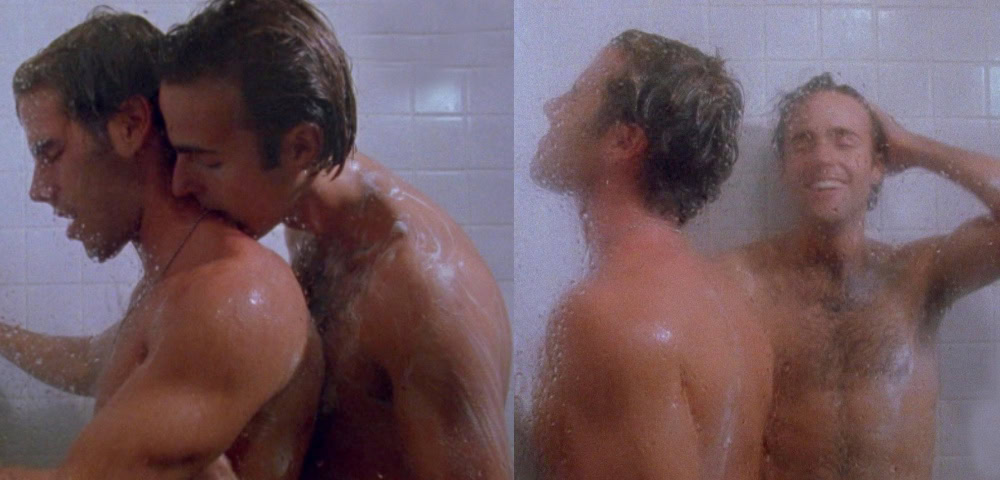
In 1992, Gregg Araki’s gay indie-thriller The Living End rode a cultural wave of Queer cinema, a cinematic movement which changed the way gay audiences viewed themselves and the world in which they lived.
While critical reaction at the time of the film’s release was mixed (Quentin Crisp called the film “dreadful”), The Living End has gone on to maintain an influential place in the annals of gay film. Despite an essentially non-existent budget The Living End went on to become a cult favorite, and influenced a raft of Queer filmmaking which followed in its wake.
Now, 30 years after the film hit cinemas, Araki remembers the production of his best known film as “this whole crazy adventure and we had nothing to lose.”
“It was just this little, tiny art project that me and my friends did back in the early 90s. It’s kind of crazy that it’s lived on all this time,” Araki said.’
No Self-Censorship
Speaking to i-D, in celebration of the film’s 30th anniversary, Araki recalled, “We just kind of went for it. There was no self-censorship involved and, in that way, it was creatively reckless and free.”
“The film captures that period of my life. It was my crazy, random, wild thoughts. That The Living End is a document of that is, for me personally, really cool and something I look back on very fondly.”
Produced at the height of Act-Up and Queer Nation activism, The Living End joined a cache of films which heavily spoke to the emerging Queer voice of protest.
The production of the film was done in true guerrilla filmmaking style with no permits, no pay for actors or crew and essentially only the barest of budgets; made for a shoestring $20,000. Araki remembers using “a camera that kept breaking.”
A New Phase Of Gay Filmmaking

The film went on to be nominated for a Grand jury prize at the 1992 Sundance Film Festival, and heralded a new phase of gay filmmaking.
No longer were gay men just loveable friends or doomed victims of disease. Jon and Luke’s violent journey spoke to the fury many in the gay community were feeling at the height of the AIDS epidemic.
Araki, 62, who not only wrote and directed The Living End, but also served as cinematographer and editor, became one of the leading lights of the “New Queer Cinema” movement, along with Gus Van Sant, Todd Haynes, Tom Kalin and Derek Jarman.
Like Van Sant, Araki took particular pleasure in sexualising his two lead characters, in particular Mike Dytri, who spends a vast majority of the film shirtless. “In a lot of ways…the way he’s photographed is very Warholian, very Gus van Sant,” Araki said, who told i-D that Warhol’s film Blow Job was a big inspiration for The Living End.
Alienation And Anger
Queer cinema which emerged during this period was primarily characterised by a sense of alienation and anger, often incorporating themes of living with HIV/AIDS.
However, The Living End fiercely built on this rage, and in the opening scene, Luke, an aimless, enigmatic HIV-positive gay drifter (played by the spellbinding Mike Dytri) is shown spray painting “Fuck the World” on a wall.
Luke unexpectedly meets Jon (played by Craig Gilmore), a shy and withdrawn film critic who is struggling with the recent news that he has also contracted HIV. The two men, who share a undeniable attraction, embark on a nihilistic road trip, after Luke kills a trio of gay bashers. At the time of its release the film became known as a gay Thelma and Louise.
The Living End also bears a strong resemblance to the 1960s film of Jean Luc Godard and other filmmakers working in the New Wave Film style of filmmaking. It felt organic, and electric and while the film as a whole was undeniably rough around the edges, its kinetic sexual energy and visceral anger could not be ignored.
The Gay Sex Scene Was Not Meant To Offend
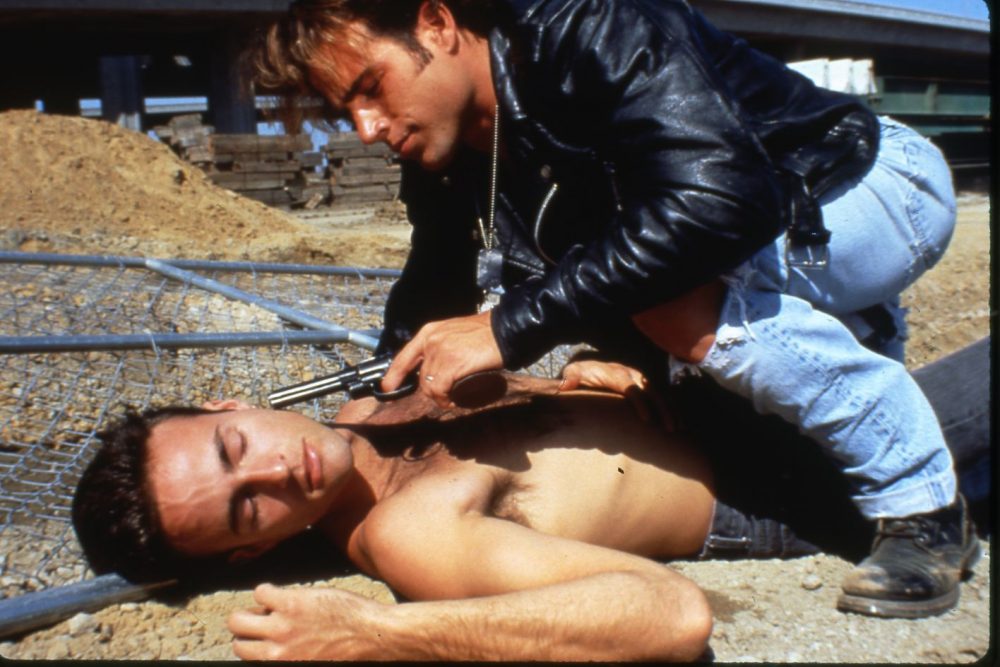
What made The Living End so notorious in its day was its frank sexuality and its extremely strong point-of-view, a view which undoubtedly didn’t please everyone. Araki even added a cheeky tagline to the film’s poster which proudly labelled the film “an irresponsible movie by Gregg Araki.”
A scene in which a Luke steals a car from a pair of homicidal lesbians sparked angry demonstrations by lesbian activists. But it was another scene which provoked the most audience outrage: an unprotected sex scene between the two HIV-positive protagonists. “The reaction was so intense and so strong,” recalled Araki.
“It had a very punk-rock attitude, and it was very unapologetic. Gay and queer representation was so limited at the time and, really, almost non-existent. When it screened at Sundance, I remember people were just so outraged. Seeing it today, it seems almost naive and a little bit cute. But it wasn’t viewed that way,” Araki said.
“Seeing it today, it seems almost naive and a little bit cute.” The film’s poster proudly calls the film “an irresponsible movie by Gregg Araki.”
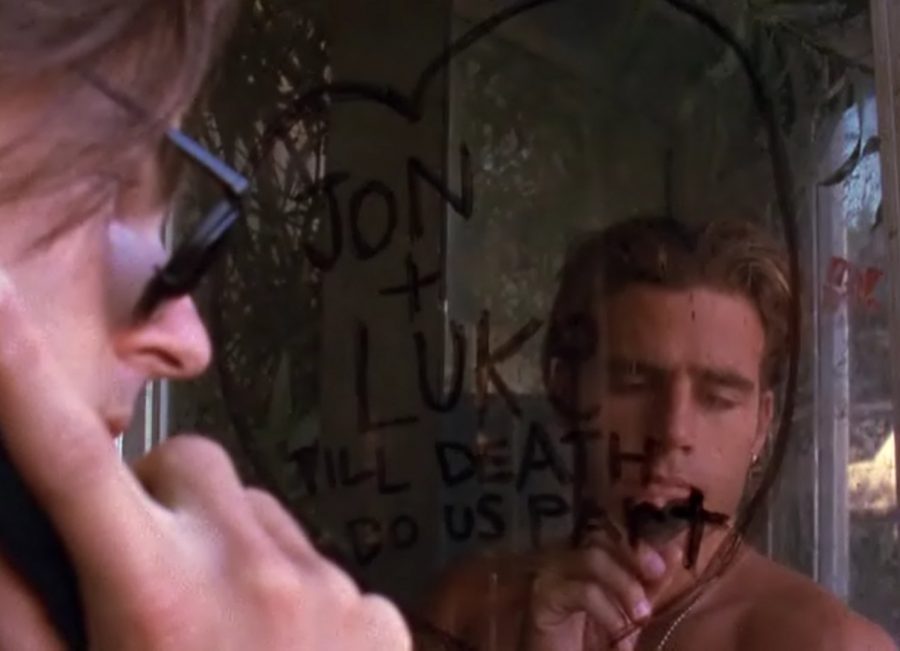
“It was not meant to offend but, you know, some people did get offended. That was the thing about The Living End that was so freeing – it didn’t need to please everyone. It was free to be itself and if you took offence, if you didn’t get it or you were not on its wavelength, you could opt out. It was not really watered down in any way for a more mainstream acceptance.”
The angry tone of the film continued right through until the end credits had finished. At the very end of the film Araki included a dedication to the ”The hundreds of thousands who’ve died and the hundreds of thousands more who will die because of a big white house full of Republican Fuckheads.”
Araki continues to maintain a busy filmmaking career and in 2010 his film Kaboom won the first Queer palm award at the Cannes Film Festival. More recent credits include the “gayest episode” of Riverdale and the TV series Now Apocalypse.
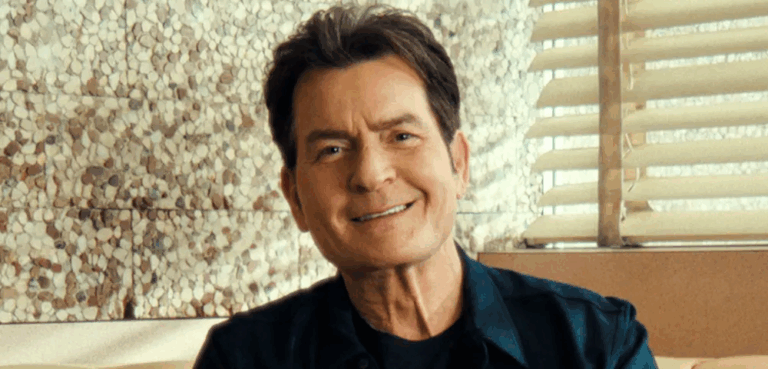

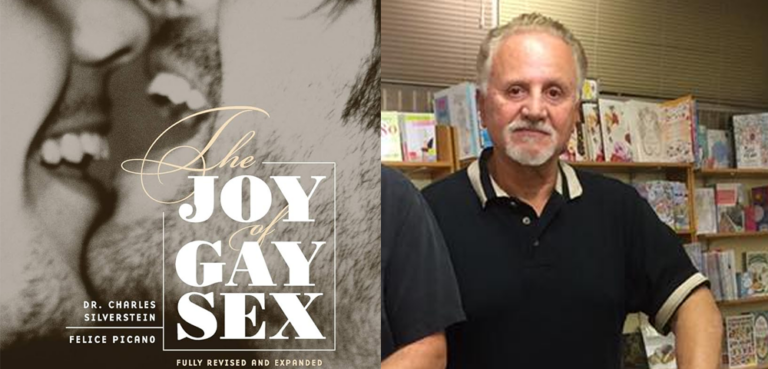

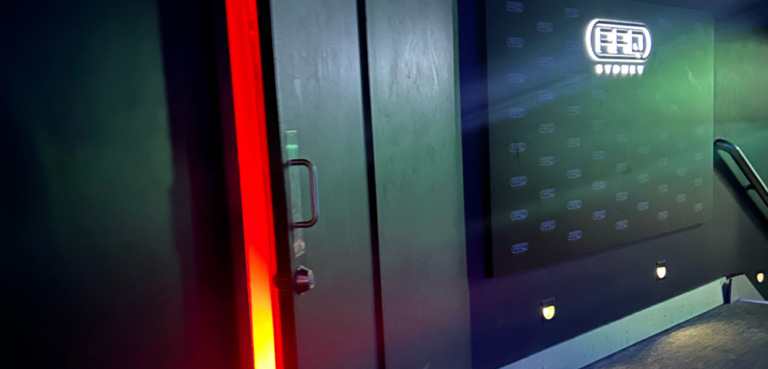
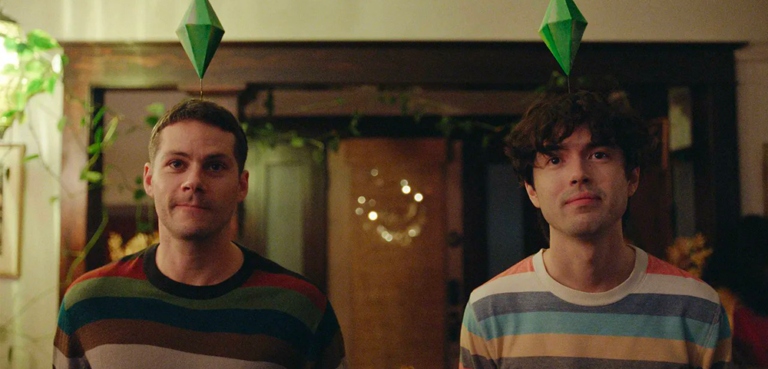

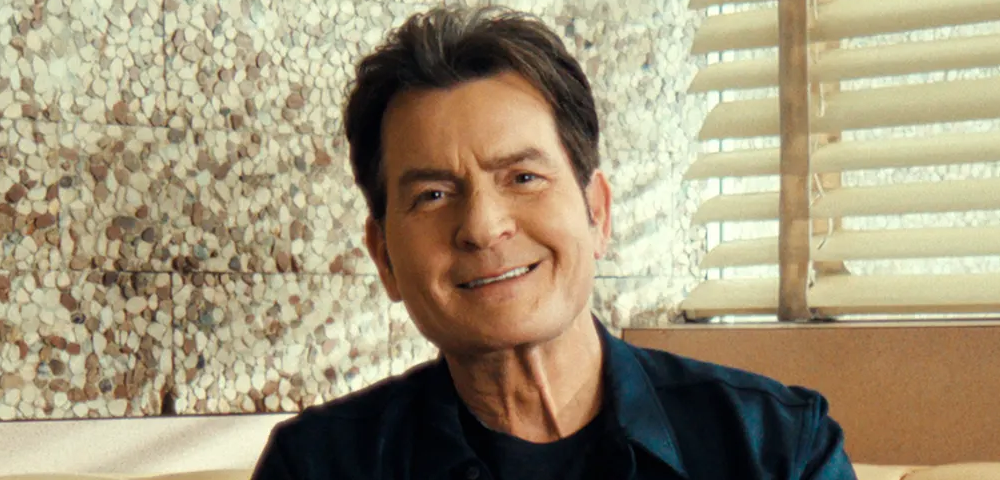

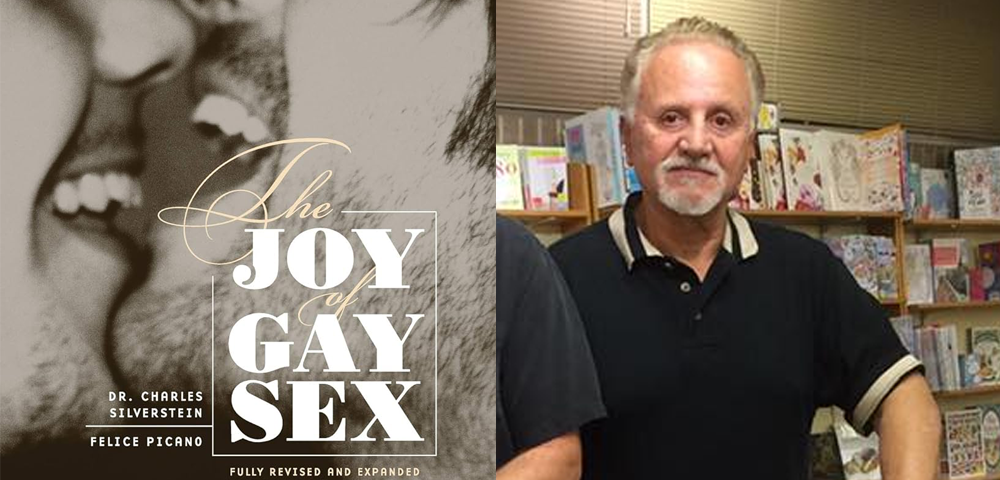

Great article Mark Garrison!